View BMW X6
BMW X6 is a mid-size luxury crossover released for sale in the second quarter of 2008 for the 2009 model year by the German automaker BMW. X6 is marketed as a Sports Activity Coupé (SAC) by BMW. It combines the attributes of an SUV (high ground clearance, all wheel drive and all-weather ability, large wheels and tires) with the stance coupé (bold styling, dramatic sloping roof).Concept model debuted at the 2007 Frankfurt Auto Show and the production X6 officially debuted at the 2008 North American International Auto Show in Detroit and Montreal International Auto Show. While slightly longer and wider than the X5, it is significantly lower and seated initially only four, and since 2011, optionally five.
Engine BMW X6
With the base model is the X6 xDrive35i is powered by a 225 kW version of the N54 3.0-liter twin-turbocharged inline-six gasoline engine. Model of top-of-the-line is the xDrive50i which uses N63 V8 engine, which produces 300 kW.At launch, the X6 is available in many markets with two diesel variants of the xDrive30d and xDrive 35d, respectively. They are powered by a 3.0-liter turbodiesel engine BMW (in sequential twin-turbocharged variant for the xDrive35d), and produce 235 PS (173 kW) in the xDrive30d and 286 PS (210 kW) in the xDrive 35d version. The second of these power units form the basis of BMW's Diesel launch in 50 states at year-end 2008.
Dynamic Performance Control BMW X6
BMW X6 marks the first use of the new Dynamic Performance Control system, which works in unison with xDrive all-wheel drive, both standard on the X6. DPC is a drivetrain and chassis control system that works to regulate traction and especially improve the over-and understeer by actively spreading drive forces across the rear axle. Torque is distributed not only between the front and rear wheels (xDrive) but also from side to side in the rear, for improved agility and added stability (through the DPC rear axle).DPC differential features clutch packs on both output sides that are actuated by an electric motor. Clutch pack activates a planetary gearset which resulted in one of the wheels into overdrive. A conventional control system will use the brakes to reduce the speed of the wheel is moving faster (which became one of the less traction) and reduce engine power.
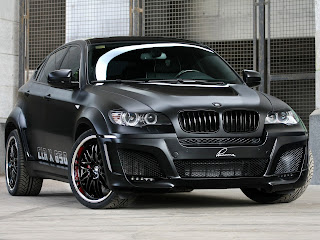
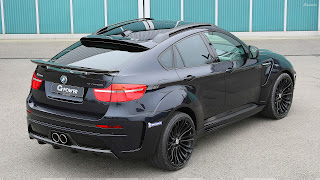


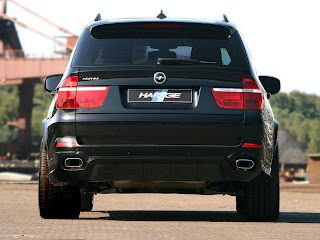
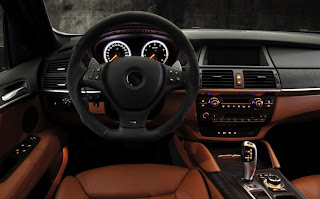
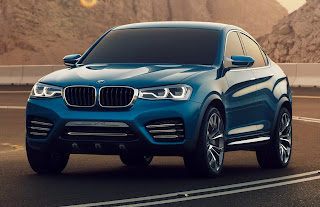





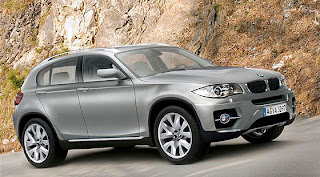







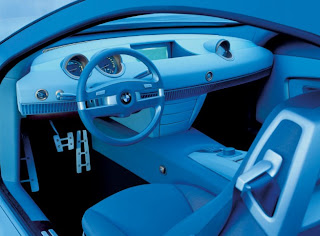
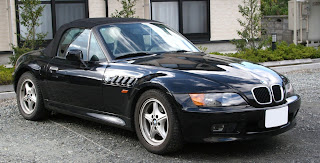

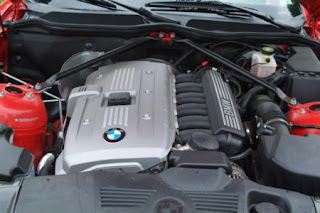



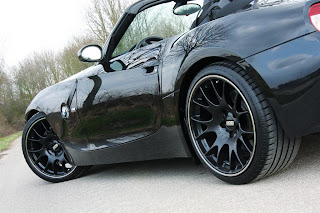

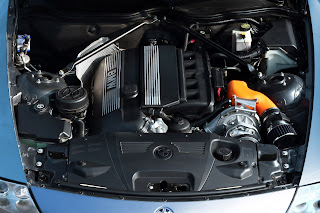


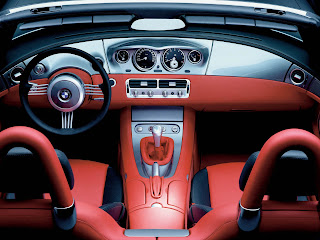
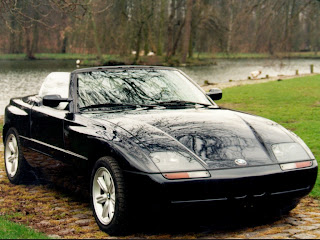



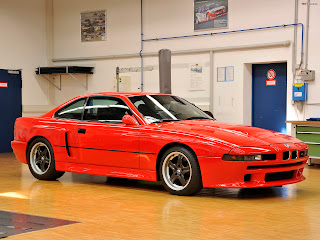





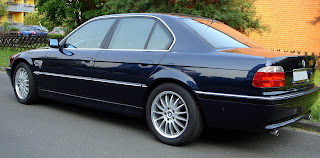
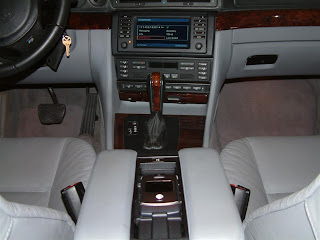


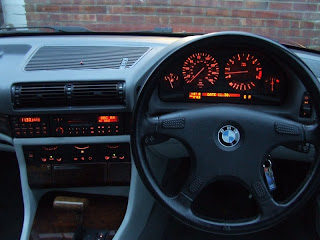
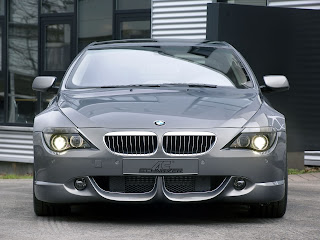
.jpg)
